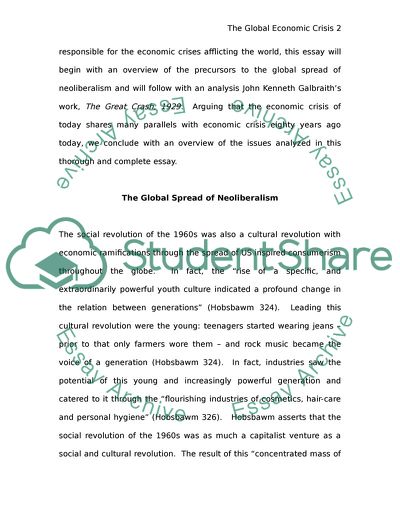Cite this document
(The Rise of Financial Instability over the Past Few Decades Essay, n.d.)
The Rise of Financial Instability over the Past Few Decades Essay. Retrieved from https://studentshare.org/macro-microeconomics/1726744-international-political-economy
The Rise of Financial Instability over the Past Few Decades Essay. Retrieved from https://studentshare.org/macro-microeconomics/1726744-international-political-economy
(The Rise of Financial Instability over the Past Few Decades Essay)
The Rise of Financial Instability over the Past Few Decades Essay. https://studentshare.org/macro-microeconomics/1726744-international-political-economy.
The Rise of Financial Instability over the Past Few Decades Essay. https://studentshare.org/macro-microeconomics/1726744-international-political-economy.
“The Rise of Financial Instability over the Past Few Decades Essay”, n.d. https://studentshare.org/macro-microeconomics/1726744-international-political-economy.


